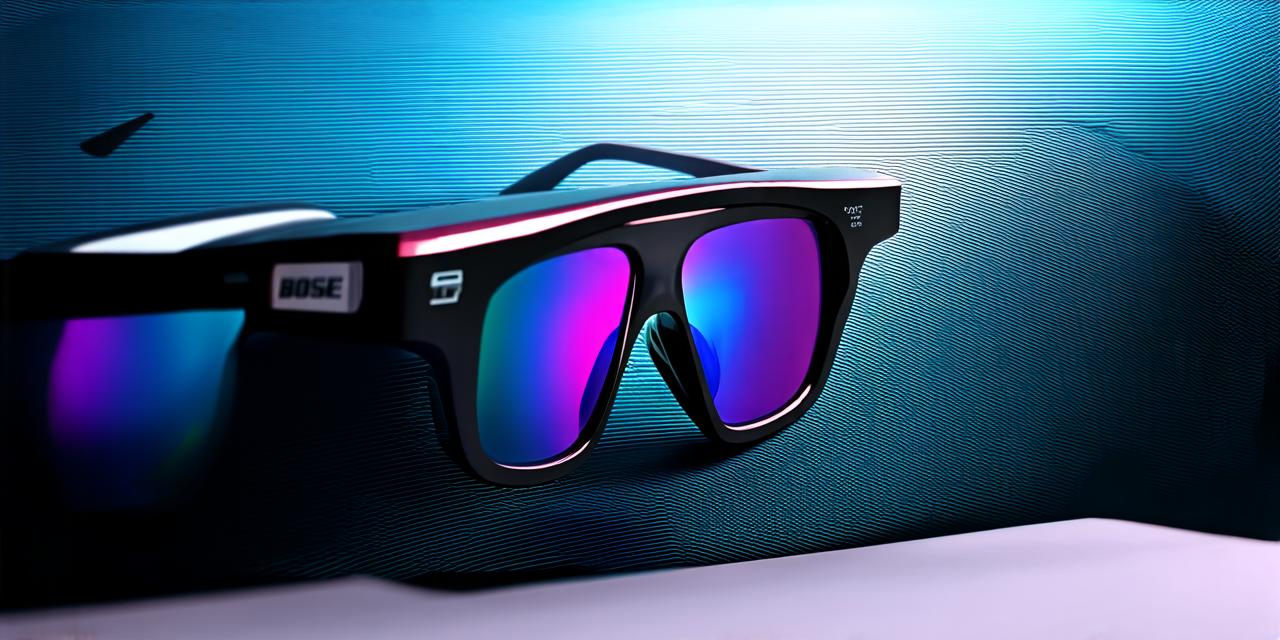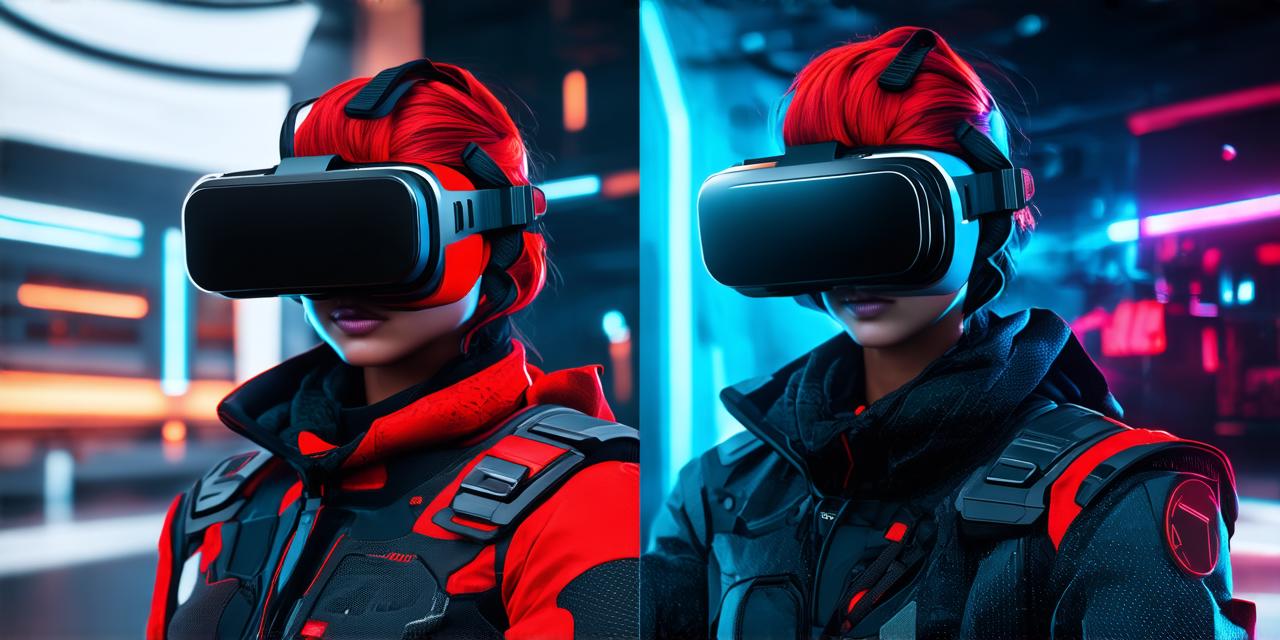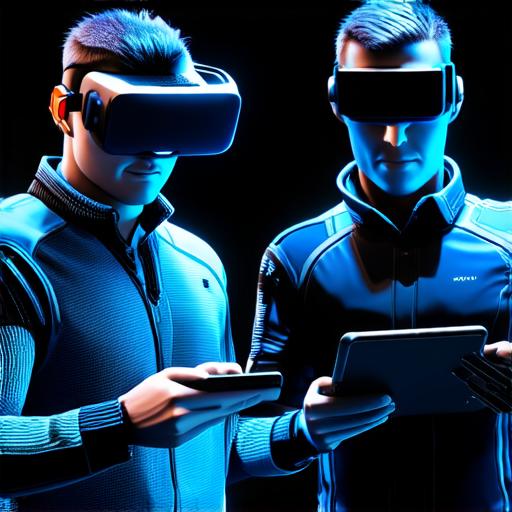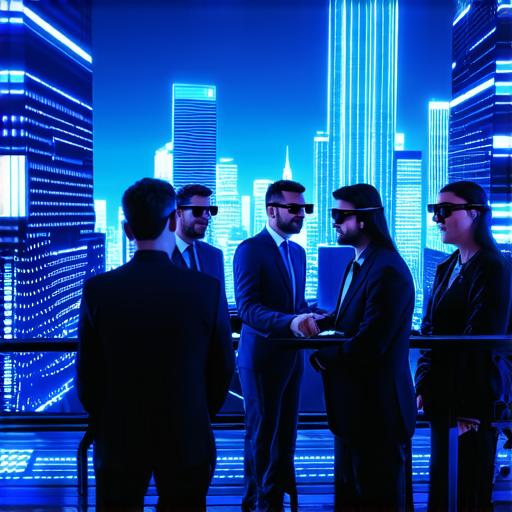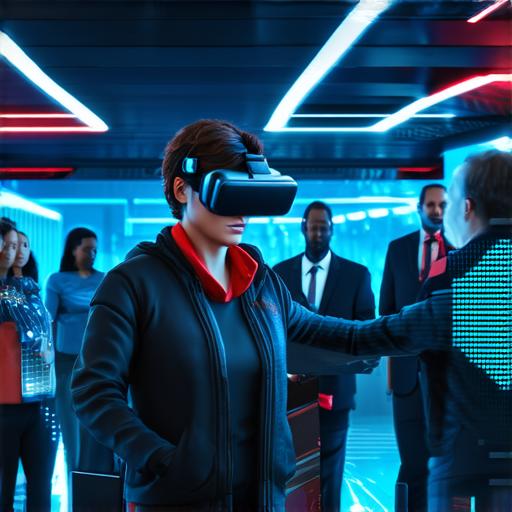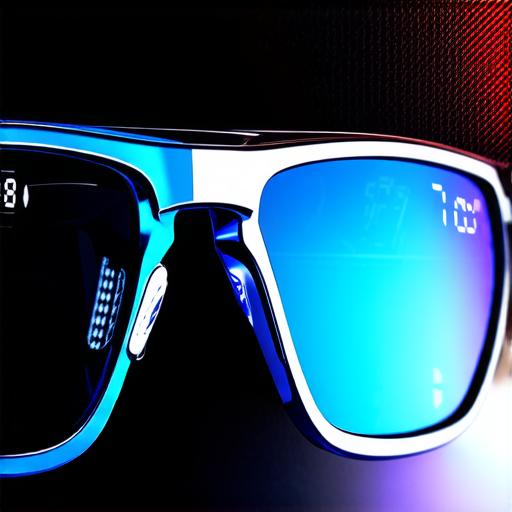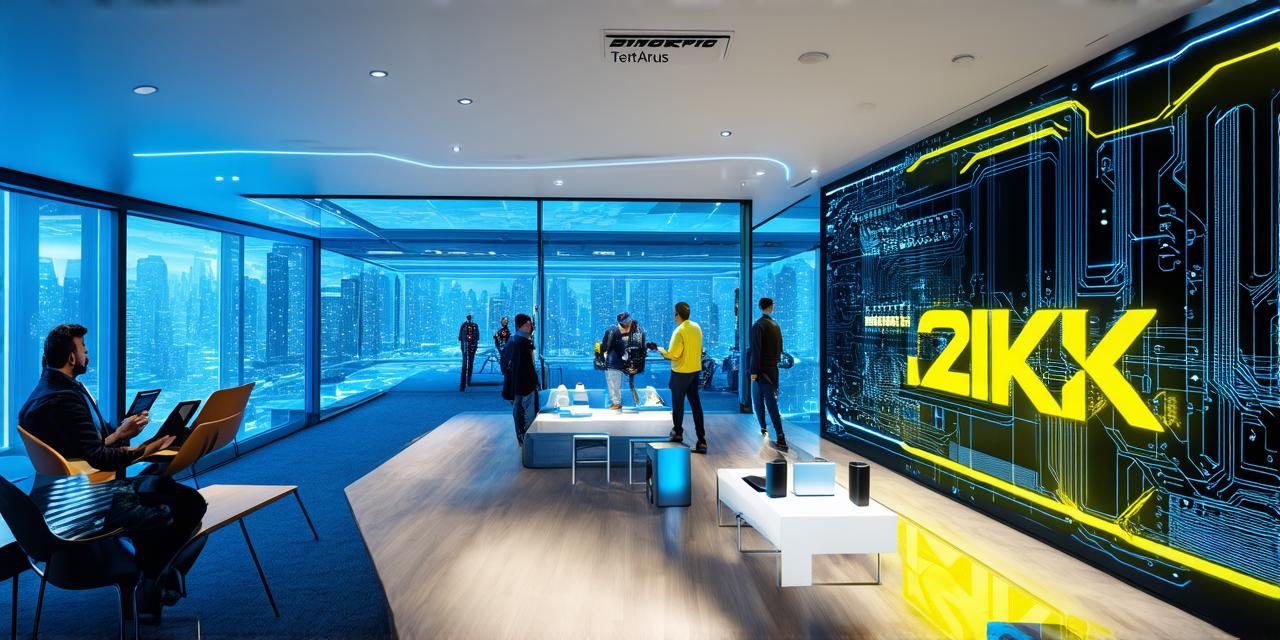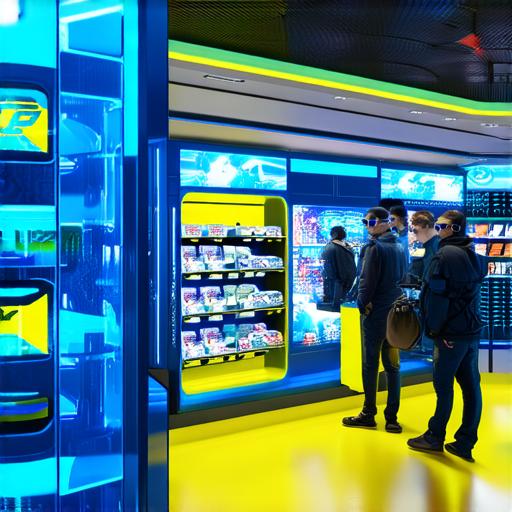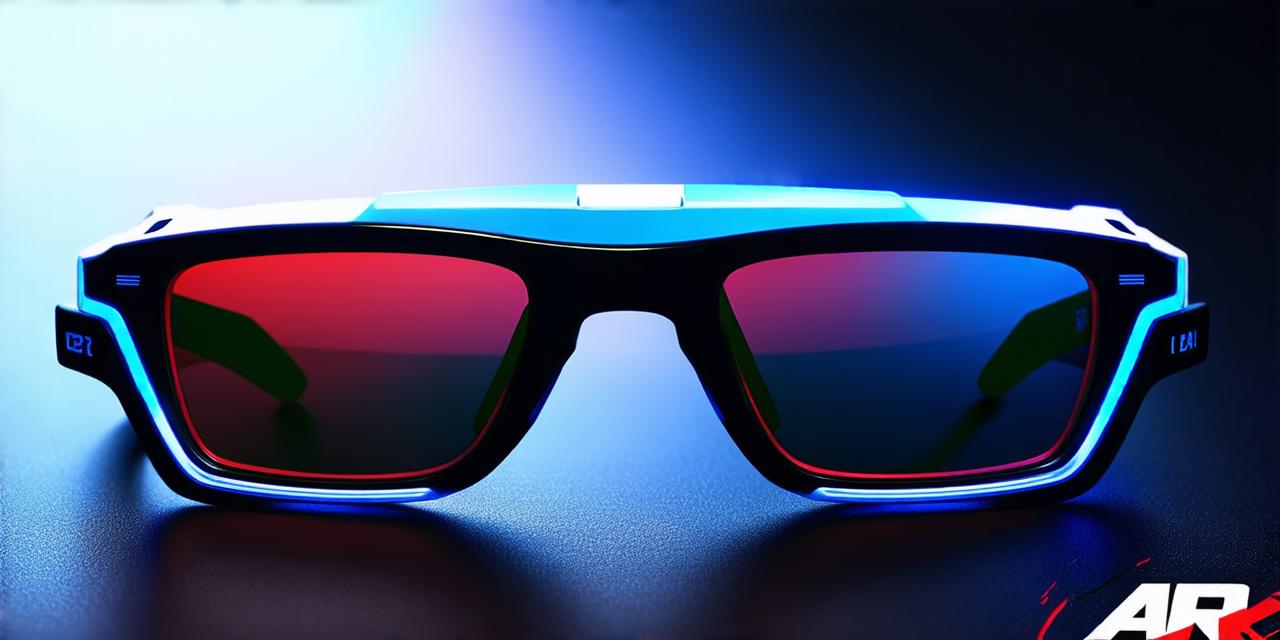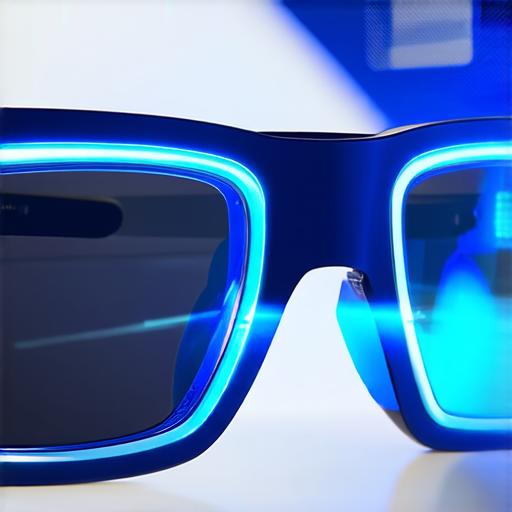Augmented reality (AR) technology is becoming increasingly popular in the world of business and entertainment. It allows for the overlay of digital information onto the real world, creating an interactive and immersive experience for users.
Bose’s AR Technology: An Overview
Bose’s AR technology is called “Bose AR” and it was first announced in 2018. Since then, the company has been working on developing and refining its AR capabilities. Bose AR is a standalone AR headset that allows users to experience the world around them with added digital elements. The headset is equipped with sensors, cameras, and software algorithms that allow it to track the user’s movements and overlay digital information onto the real world.
One of the key features of Bose AR is its ability to create a personalized experience for each user. The headset can be customized with different AR apps and experiences, allowing users to tailor their experience to their preferences. This makes Bose AR an ideal tool for businesses looking to enhance customer engagement and interaction.
Case Studies: How Bose’s AR Technology is Being Used in Business
Bose’s AR technology has already been put to use in several real-world applications. One such application is in the field of education. The headset can be used to create immersive learning experiences for students, allowing them to explore and interact with digital content in a safe and controlled environment. For example, students could use Bose AR to take virtual field trips or to learn about historical events by experiencing them as if they were actually happening.
Another application of Bose’s AR technology is in the realm of marketing and advertising. The headset can be used to create interactive advertisements and experiences that engage customers on a deeper level. For example, a car manufacturer could use Bose AR to allow potential buyers to virtually test drive different models, without the need for a physical vehicle.
Bose’s AR technology is also being used in the healthcare industry. The headset can be used to create immersive training experiences for medical professionals, allowing them to practice and perfect their skills in a safe environment. For example, surgeons could use Bose AR to practice complex procedures, without the need for live patients.
Personal Experiences: How Bose’s AR Technology is Changing the Way We Experience the World
Bose’s AR technology is not just being used in business and entertainment – it is also changing the way we experience the world on a personal level. For example, the headset can be used to enhance travel experiences, allowing users to explore new environments in a more immersive and interactive way. Imagine being able to take a virtual tour of a museum or a historical site, without leaving your hotel room.
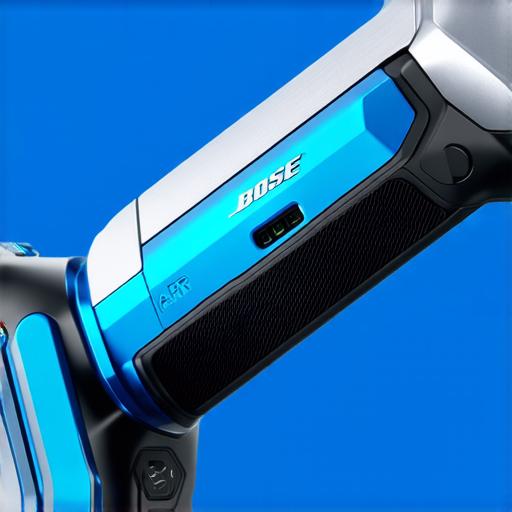
Bose’s AR technology can also be used to enhance fitness and wellness experiences. The headset can be used to create personalized workout routines that are tailored to the user’s individual needs and preferences. Users can also track their progress in real-time, making it easier for them to adjust their routine as needed.
Comparing Bose’s AR Technology to Other AR Headsets
While Bose’s AR technology is impressive, it is not the only game in town. There are many other AR headsets on the market, each with its own unique features and capabilities. However, one of the key advantages of Bose’s AR technology is its ability to create a personalized experience for each user. This makes it an ideal tool for businesses looking to enhance customer engagement and interaction.
Another advantage of Bose’s AR technology is its integration with other Bose products, such as speakers and headphones. This allows users to seamlessly transition between different devices and experiences, creating a cohesive and immersive experience.
FAQs: Answering Common Questions About Bose’s AR Technology
1. What is the difference between Bose’s AR technology and other AR headsets?
Bose’s AR technology is unique in that it allows for a personalized experience for each user. It also integrates well with other Bose products, creating a seamless and immersive experience.
2. What industries is Bose’s AR technology best suited for?
Bose’s AR technology is well-suited for a variety of industries, including education, marketing, advertising, healthcare, and travel.
3. How does Bose’s AR technology work?
Bose’s AR technology uses sensors, cameras, and software algorithms to track the user’s movements and overlay digital information onto the real world.
4. Is Bose’s AR technology easy to use?
Yes, Bose’s AR technology is designed to be user-friendly and intuitive. The headset comes with a variety of apps and experiences that can be easily customized to suit the user’s needs.
Conclusion: The Future of Augmented Reality Technology
Bose’s augmented reality technology is just the beginning of what is possible in the world of AR. As the technology continues to evolve, we can expect to see even more innovative and immersive experiences emerge. Whether you are a business looking to enhance customer engagement or a personal user looking to explore new environments, Bose’s AR technology is an exciting development that is sure to change the way we experience the world.
